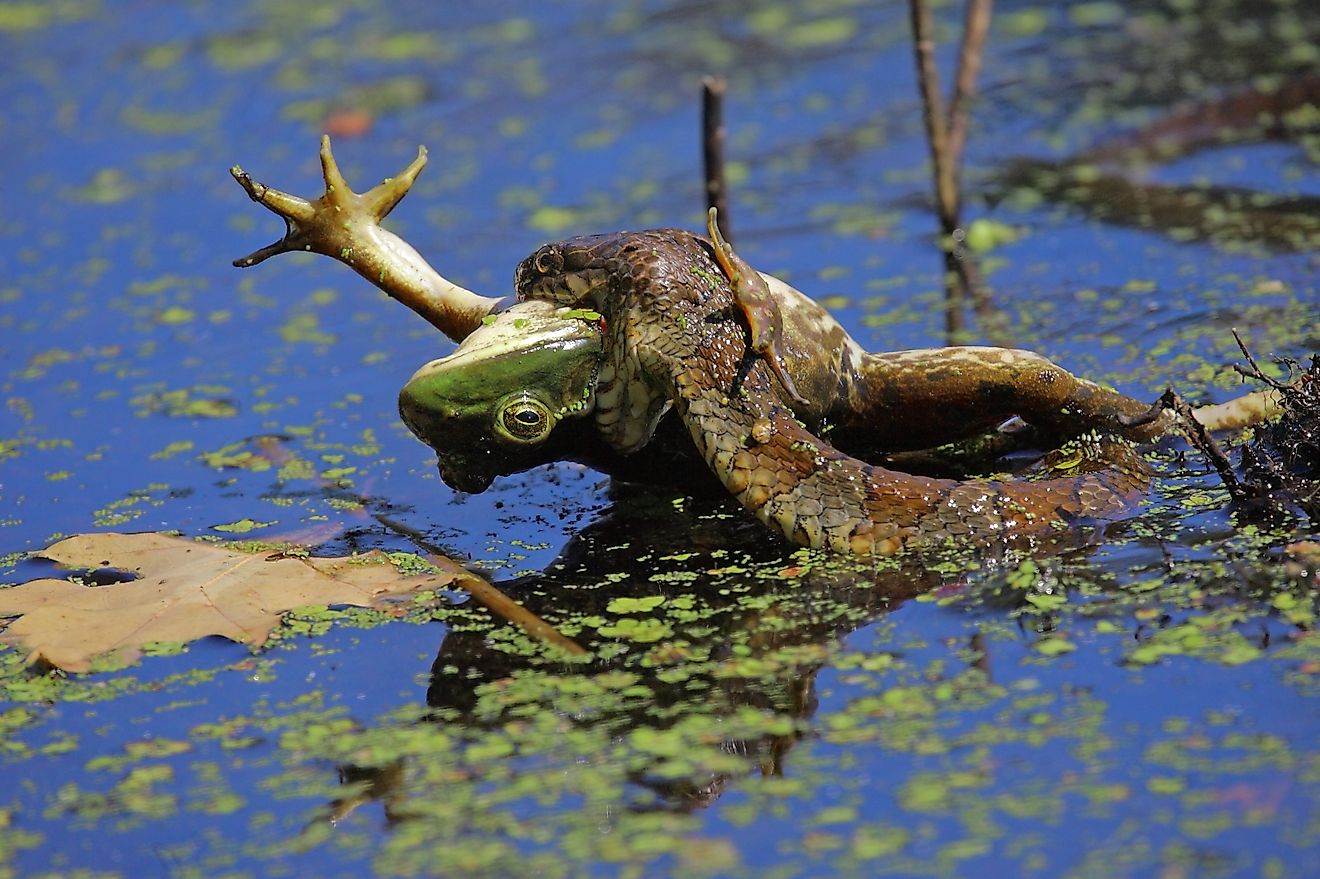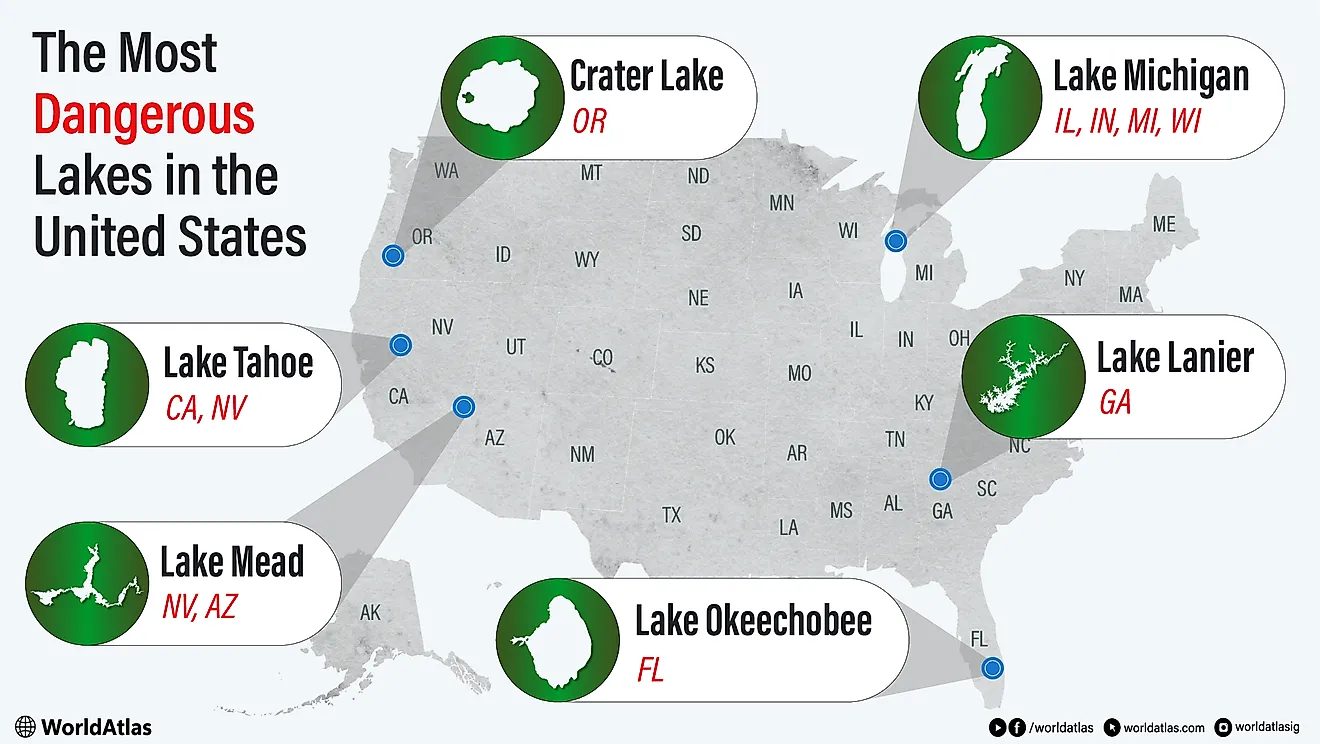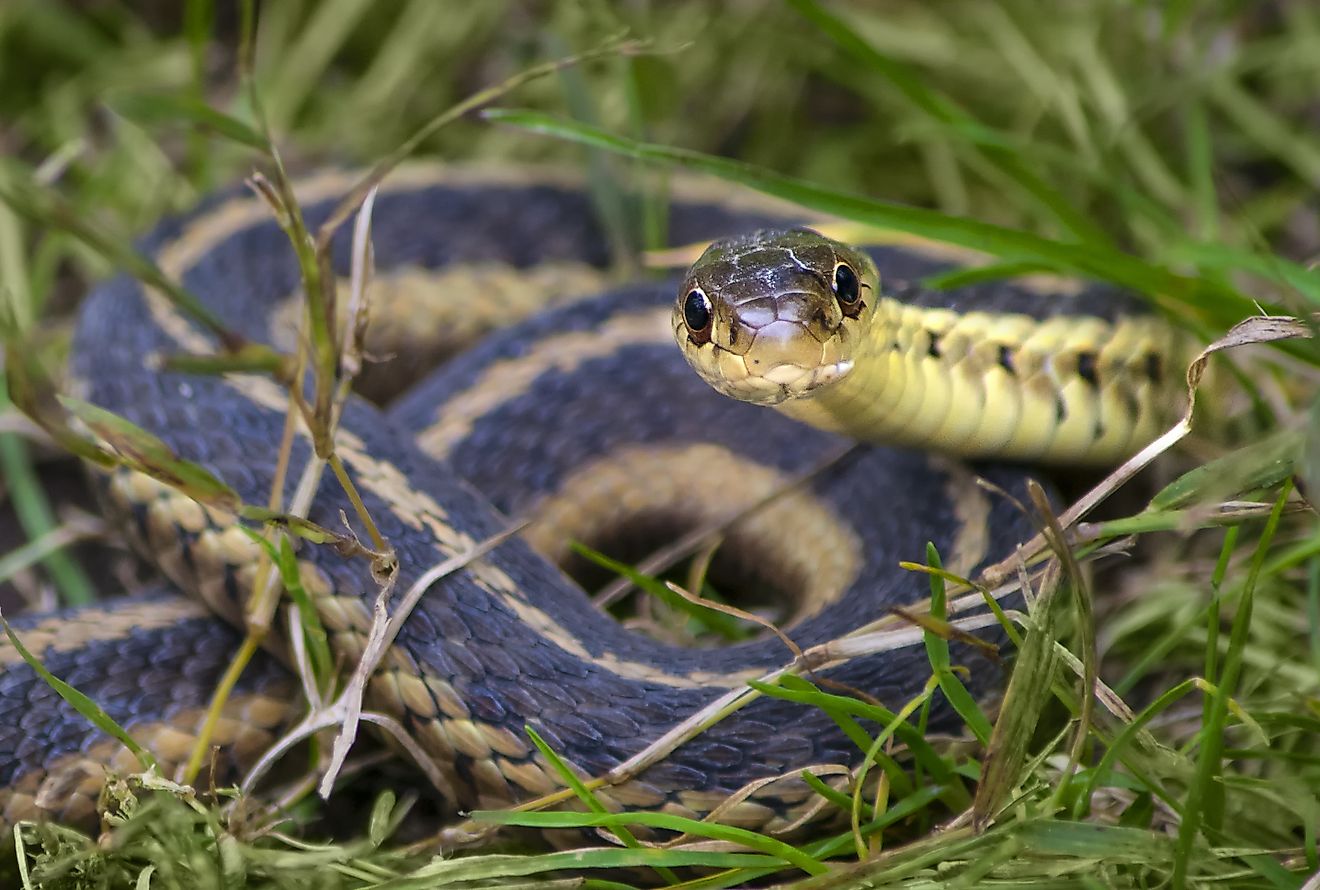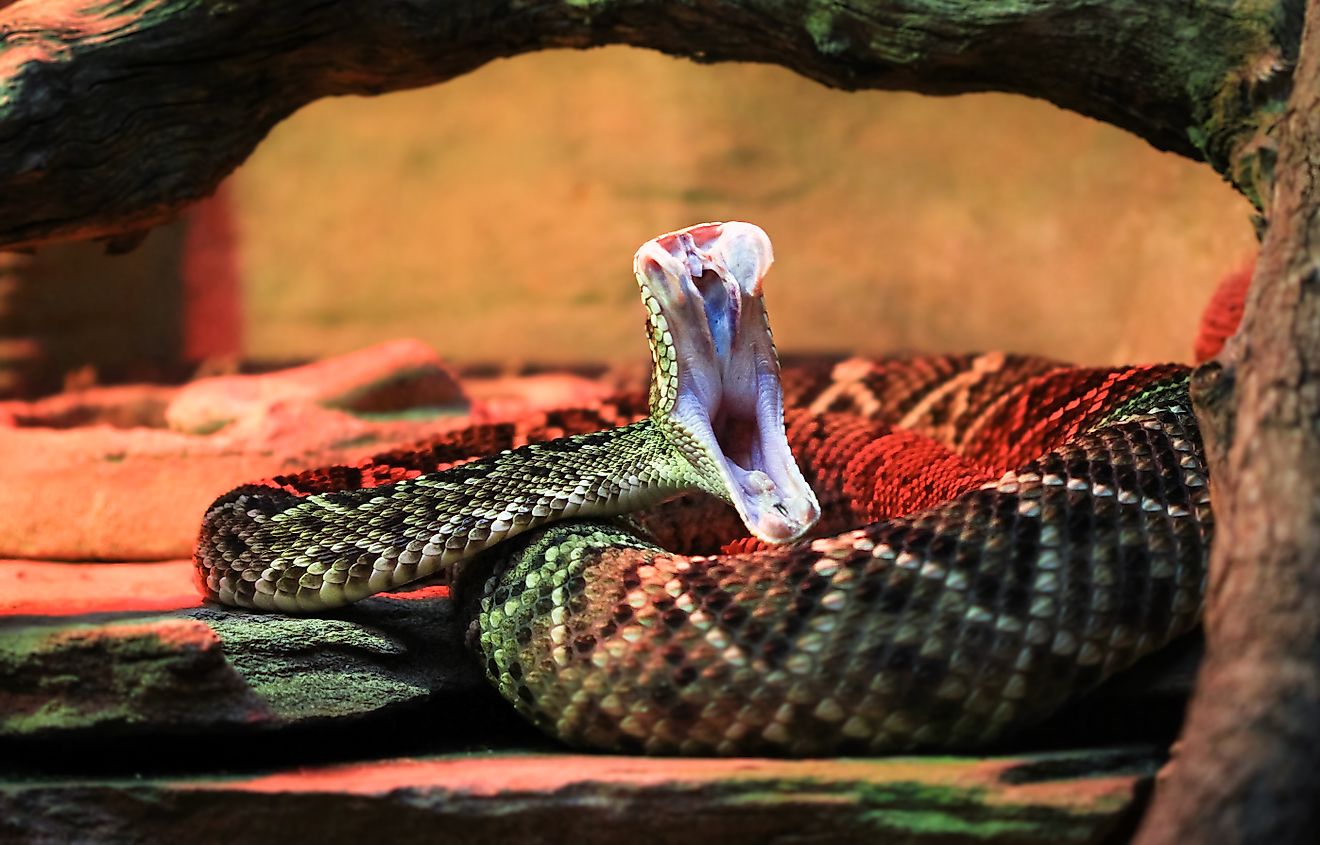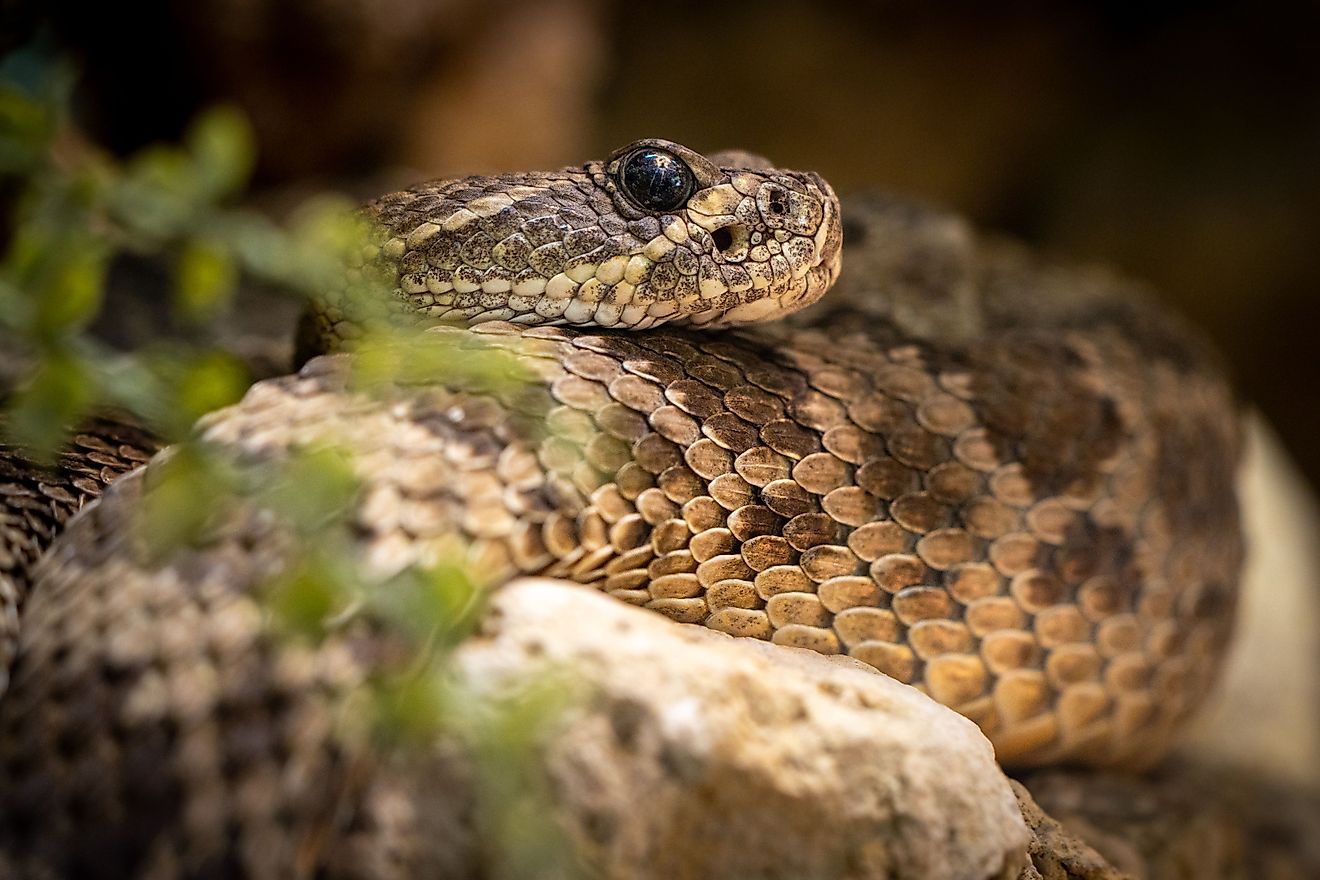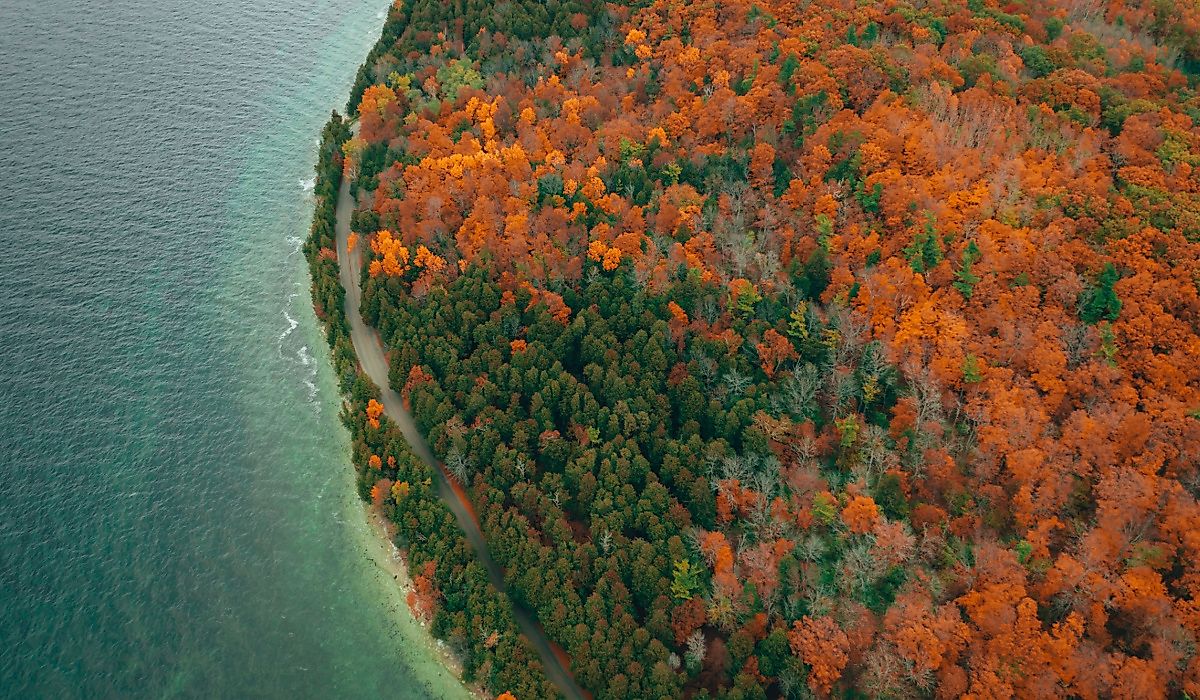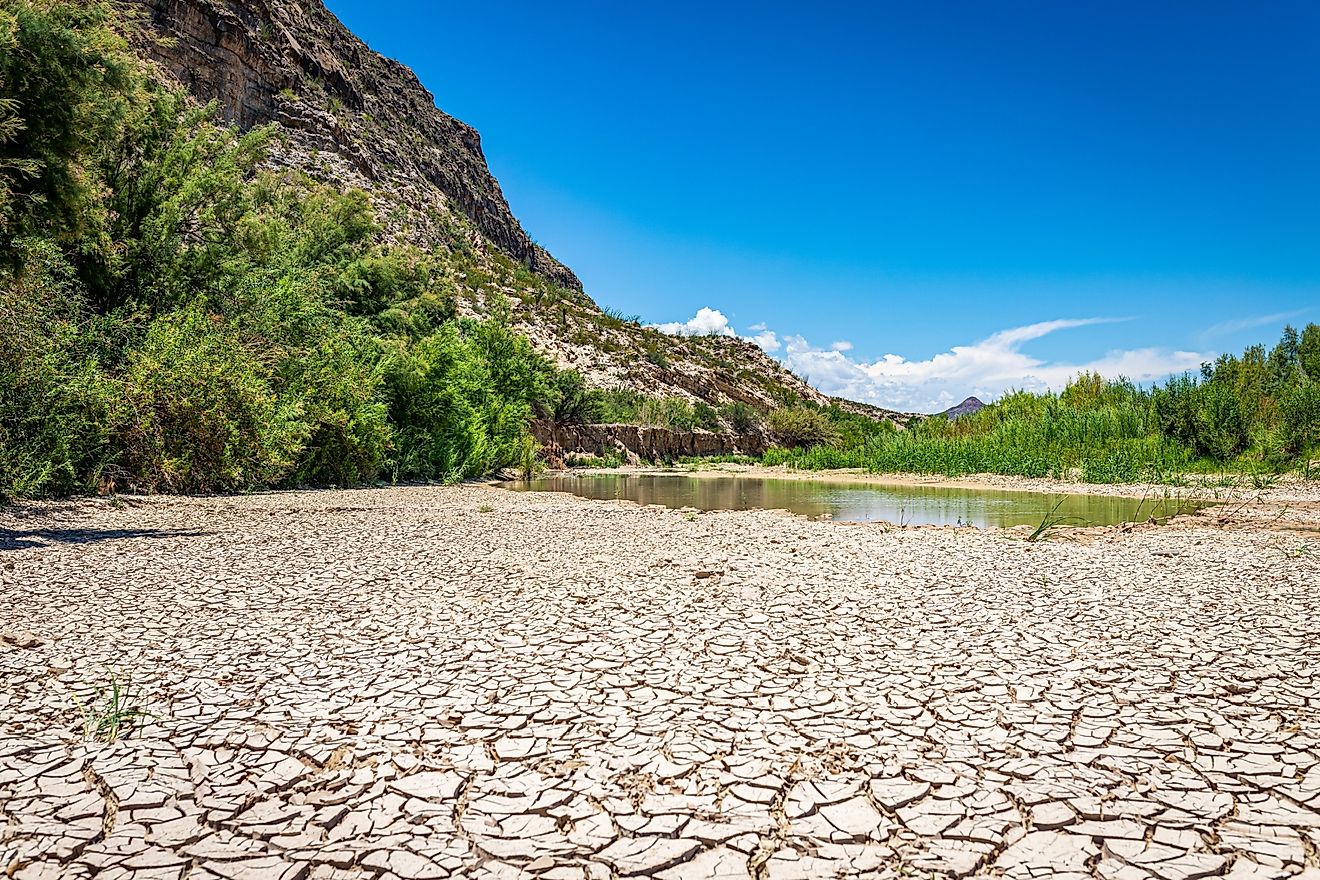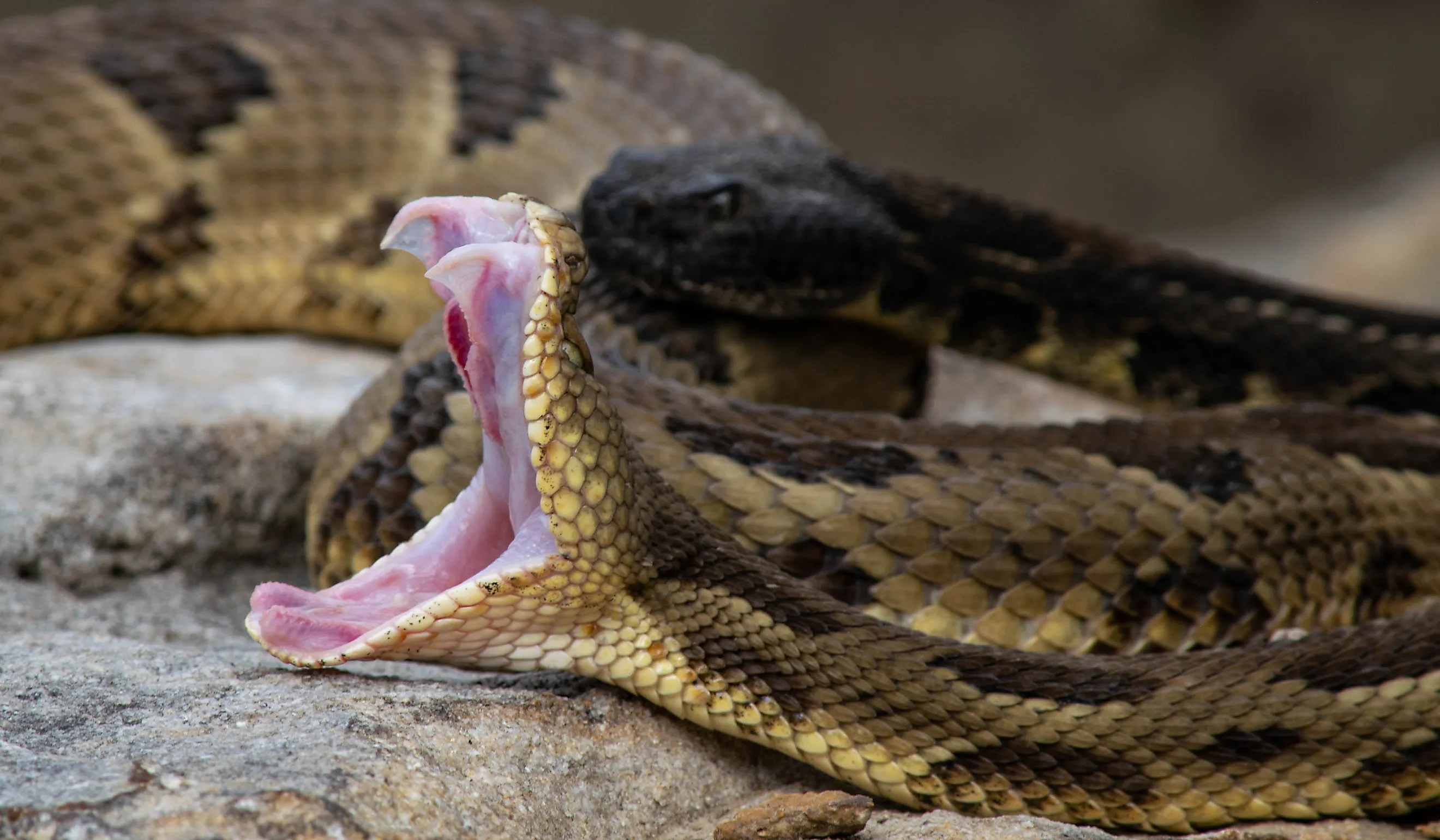
The Most Snake Infested Rivers In Tennessee
Rivers are a key feature of Tennessee, with approximately 61,075 miles of rivers present in the state. Tennessee is drained directly by three major rivers: the Tennessee River, the Cumberland River, and the Mississippi River. The entirety of the state is in the Mississippi River watershed, except for a small sliver near the southeastern corner traversed by the Conasauga River, which is part of the Mobile Bay watershed.
Due to the many miles of river present in the state, Tennessee waters are home to an impressive 320 species of fish. However, they are not the only ones who call Tennessee’s rivers home. The state also has 32 different species of native snakes, 4 of which are venomous. Many of Tennessee’s snakes can be found lurking in these rivers.
Mississippi River
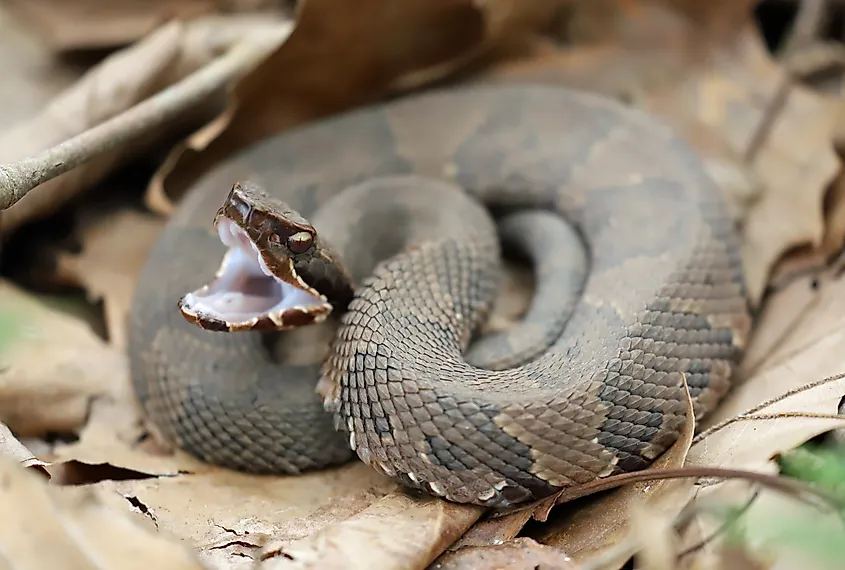
The Mississippi River is one of, if not the longest, rivers in North America and lies entirely within the United States. It drains, with its major tributaries, an area of approximately 1.2 million square miles. The Mississippi River rises in Lake Itasca in Minnesota, where it flows south for 2,350 miles, collecting water from its main tributaries, the Missouri River and the Ohio River. The Chickasaw National Wildlife Refuge is a large area of hardwood wetlands along the Mississippi River, occupying 37,000 acres of western Tennessee. This refuge supports a wide array of wildlife, including three of the state’s four venomous snakes.

The Cottonmouth (Agkistrodon piscivorus) is most likely to be encountered in the Mississippi River, as it mainly inhabits swamps, sloughs, wetlands, and drainage ditches, and is occasionally found around rivers and lakes. They can be seen swimming in the water, coiled on the bank, or in vegetation along the shore.

The other two venomous snakes are the Timber Rattlesnake (Crotalus horridus) and the Copperhead (Agkistrodon contortrix), which are also present in the area, but are more likely to be seen farther away from the water than the Cottonmouth, as they favor forested habitats.
Forked Deer River
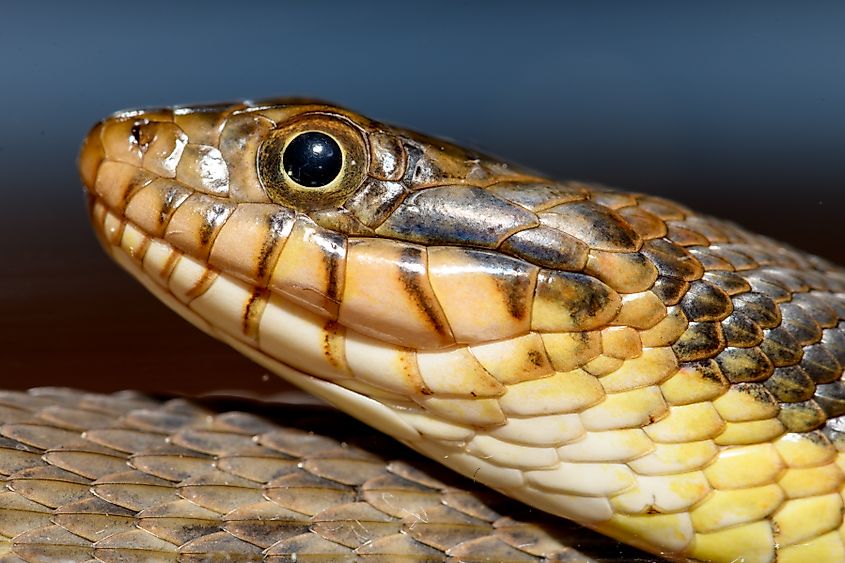
The Forked Deer River is the Mississippi River’s main tributary, found in Tennessee, with the greater Forked Deer River system made up of the Obion River, the South Forked Deer, the Hatchie River, and the Wolf River. The river is located in western Tennessee and is known for its characteristically slow-moving currents. This type of water is favored by Tennessee’s most common snakes, the Watersnake. Two species of Watersnake exist in Tennessee, the Northern Watersnake (Nerodia sipedon), and the Plain-bellied Watersnake (Nerodia erythrogaster).
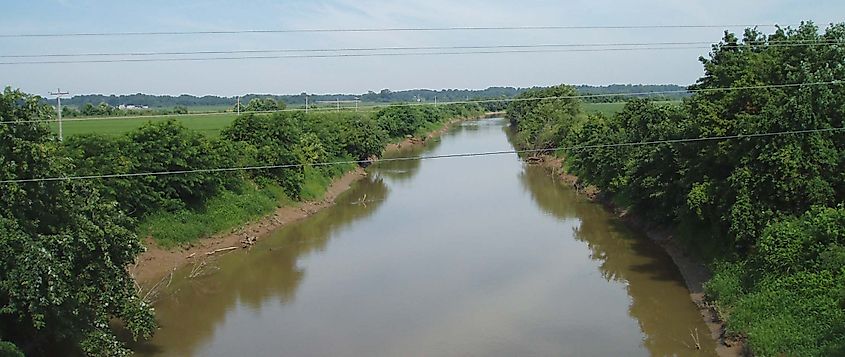
The Northern Watersnake is found at the edges of ponds, lakes, or streams anywhere in Tennessee. Although they are found in every type of water body, they prefer quiet waters where they can bask on rocks or vegetation at the edges of bodies of water. The Plain-bellied Watersnake is limited to areas in the lower Cumberland River basin and in West Tennessee. Like the Northern Watersnake, they are found in quiet pools of water such as lakes, cypress swamps, wetlands, ponds, river sloughs, and slow-moving rivers.
Wolf River

The Wolf River begins at the base of the Cumberland Plateau and flows westward through the Highland Rim. It flows for 40 miles through parts of Tennessee and Kentucky. The Cumberland Plateau is the world's longest expanse of hardwood-forested plateau. It has varied elevations, topography, soils, and microclimates that support a wide array of plants and animals, including snakes.

The Copperhead calls the Cumberland Plateau and other areas surrounding the Wolf River home. While Copperheads do generally prefer thick forested areas with abundant logs, leaf litter, or rocks for cover, they are also found near wetlands and stream edges. Copperheads are found statewide except for central and western Tennessee. Two subspecies are found in Tennessee: the Southern Copperhead (Agkistrodon contortrix contortrix), which occurs in extreme West Tennessee, and the Northern Copperhead (Agkistrodon contortrix mokasen), which occurs across the rest of the state.
Duck River
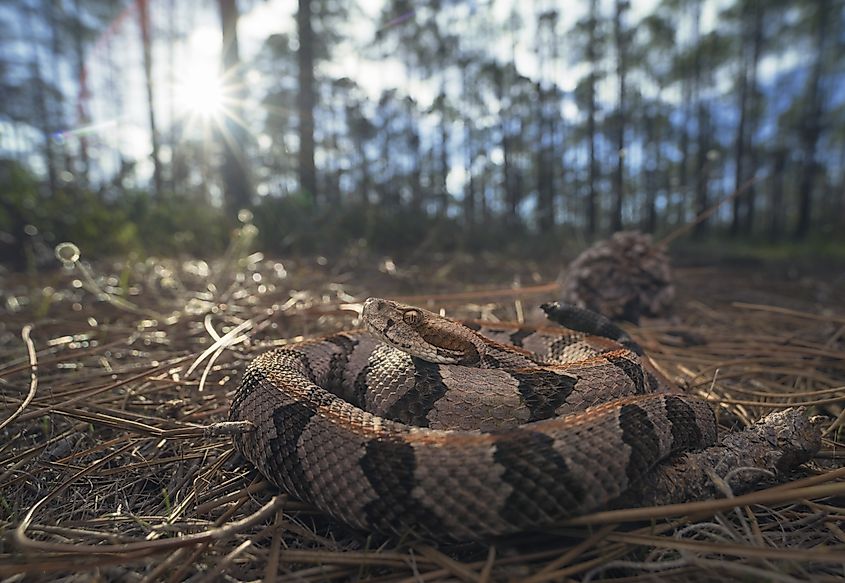
The Duck River stretched 284 miles, making it the longest river entirely within the state of Tennessee. It rises in Highland Rim in middle Tennessee and flows through several Tennessee counties before reaching its confluence with the Tennessee River near New Johnsonville. Its key characteristics are long, deep pools and shallow stretches of mini-rapids. Its boundaries include caves, cliffs, waterfalls, farmland, developed communities, two state parks, and the Yanahli Wildlife Management Area.
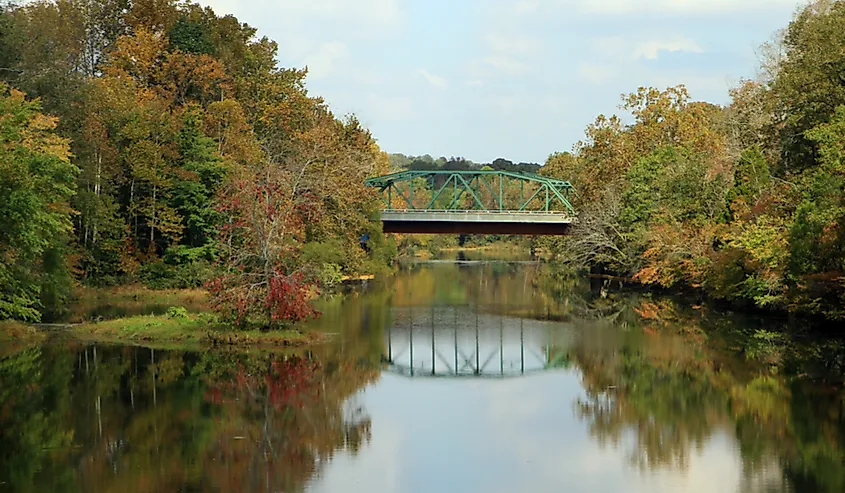
The Timber Rattlesnake has been known to frequent the area. They are commonly found coiled up near fallen logs or sunning on rocks, predominantly in heavily wooded forests with rocky bluffs or ledges, but also in swamps, cane thickets, and wooded stream corridors. However, Tennessee’s population of Timber Rattlesnakes has declined across the region due to habitat loss and fragmentation, road mortality, and persecution.
While snakes can sometimes be hard to spot as they often blend in with leaves, rocks, and logs, some species will sit out in the open by bodies of water, including rivers, or bask in the heat of the sun. Observing any type of wildlife from a safe distance, including snakes, is the key to protecting yourself and local wildlife. If you encounter a snake in the wild in Tennessee, do not try to move or handle it, and give it the appropriate space to move itself into the water or under a rock or log.


